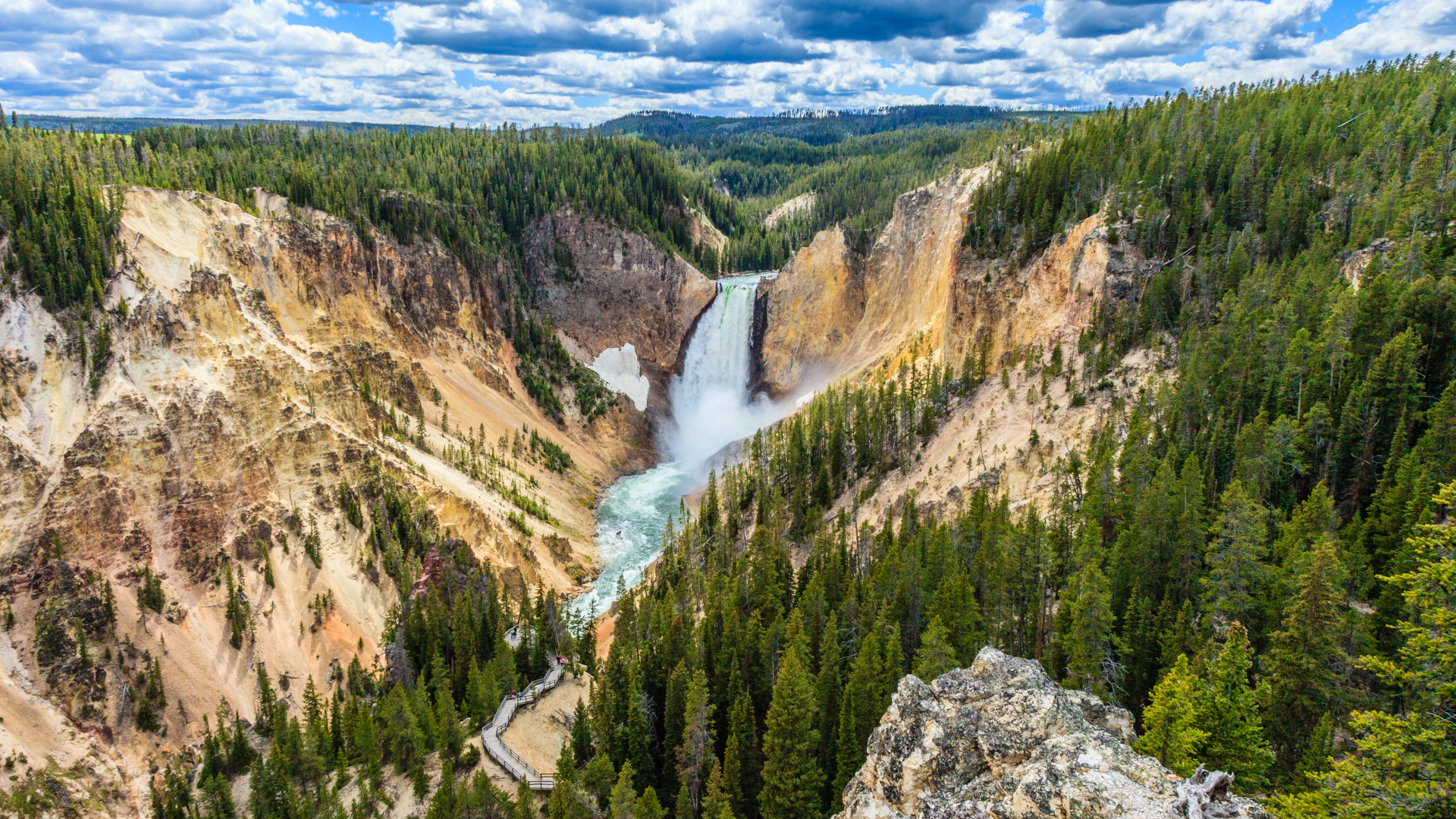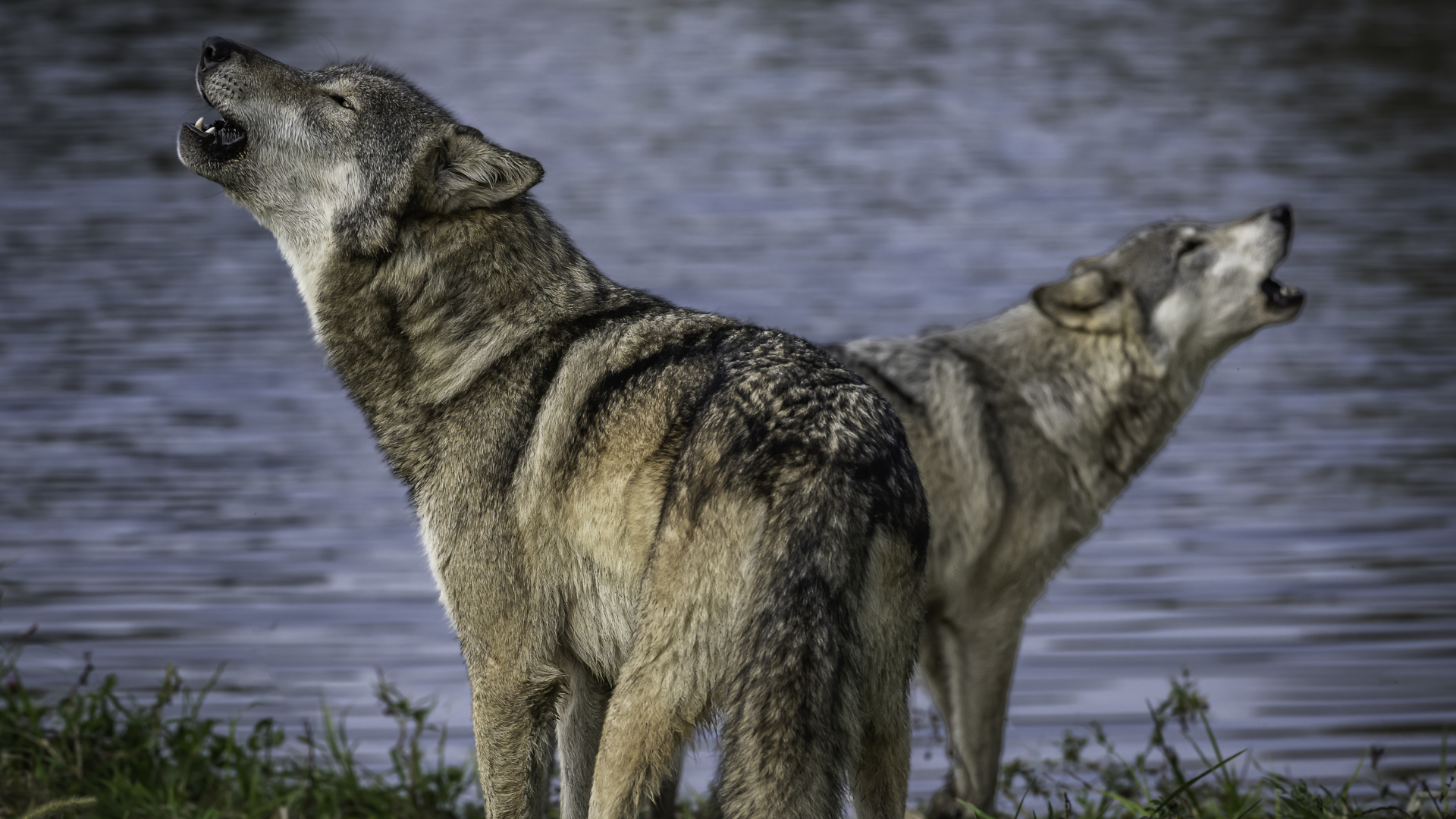Do wolf reintroduction programs restore ecosystems? It's not that simple, researchers say
A new 20-year study reveals that Yellowstone's ecosystem has not yet returned to its natural state

These days, when you lace up your hiking boots to explore Yellowstone National Park, you might be as excited about the possibility of spotting a wolf in the wild as you are about seeing an erupting hot spring.
Wolf reintroduction programs such as those that have taken place in Yellowstone and more recently in Colorado are based on the premise that the eradication of large predators fundamentally imbalances ecosystems – something no one denies. However, they're also predicated on the belief that restoring populations of wolves and grizzly bears will return those ecosystems to a state of harmony, and new research suggests that may not be so easy.
A new study conducted by researchers at Colorado State University has found that nearly 30 years after Yellowstone's wolf reintroduction program, vegetative imbalances across the park remain.
During the 20-year study, researchers examined the relationship between beavers and willows to get a picture of the vegetative health of the park. The absence of large predators like wolves and grizzly bears for most of the 20th century allowed elk populations to thrive, which in turn reduced the willow height and density in the park due to increased grazing.
In their findings, the authors explain how willows in the park traditionally provided beavers with habitat, while beaver engineering in turn helped to manage flooding and soil conditions. The reduction in willow height and density caused by intense grazing forced beavers to abandon their stream habitats, which the authors write "dramatically altered the landscape" of Yellowstone.

The reintroduction of gray wolves to the park in 1995 – there are over 100 wolves in Yellowstone today – and protections to increase grizzly bear populations should hypothetically have reduced elk populations and restore willows. However, the study found that predator restoration isn't enough, and that vegetation only returned to near its original state in areas where they had simulated beaver dams and excluded browsing.
"We conclude that the restoration of large carnivores to the food web failed to restore riparian plant communities on Yellowstone's northern range, supporting the hypothesis that this ecosystem is in an alternative stable state caused primarily by the extirpation of apex predators during the early 20th century," write the researchers.
Advnture Newsletter
All the latest inspiration, tips and guides to help you plan your next Advnture!
In essence, the authors conclude that the park's ecosystem has adapted to pre-wold reintroduction conditions, and simply restoring large predator populations may not be enough to reverse the damage caused by nearly a century of imbalance – at least not in 20 years.
The good news, however, is that the authors believe it possible that more time is needed and the willows are already in the early stages of recovery.
"It may be that slow but positive growth rates observed in the experimental controls and observational sites might eventually allow willows to recover height to match current heights in the dammed-fenced plots. This would require an additional 40 years of growth, if the current linear rates of growth are predictive."
Julia Clarke is a staff writer for Advnture.com and the author of the book Restorative Yoga for Beginners. She loves to explore mountains on foot, bike, skis and belay and then recover on the the yoga mat. Julia graduated with a degree in journalism in 2004 and spent eight years working as a radio presenter in Kansas City, Vermont, Boston and New York City before discovering the joys of the Rocky Mountains. She then detoured west to Colorado and enjoyed 11 years teaching yoga in Vail before returning to her hometown of Glasgow, Scotland in 2020 to focus on family and writing.

